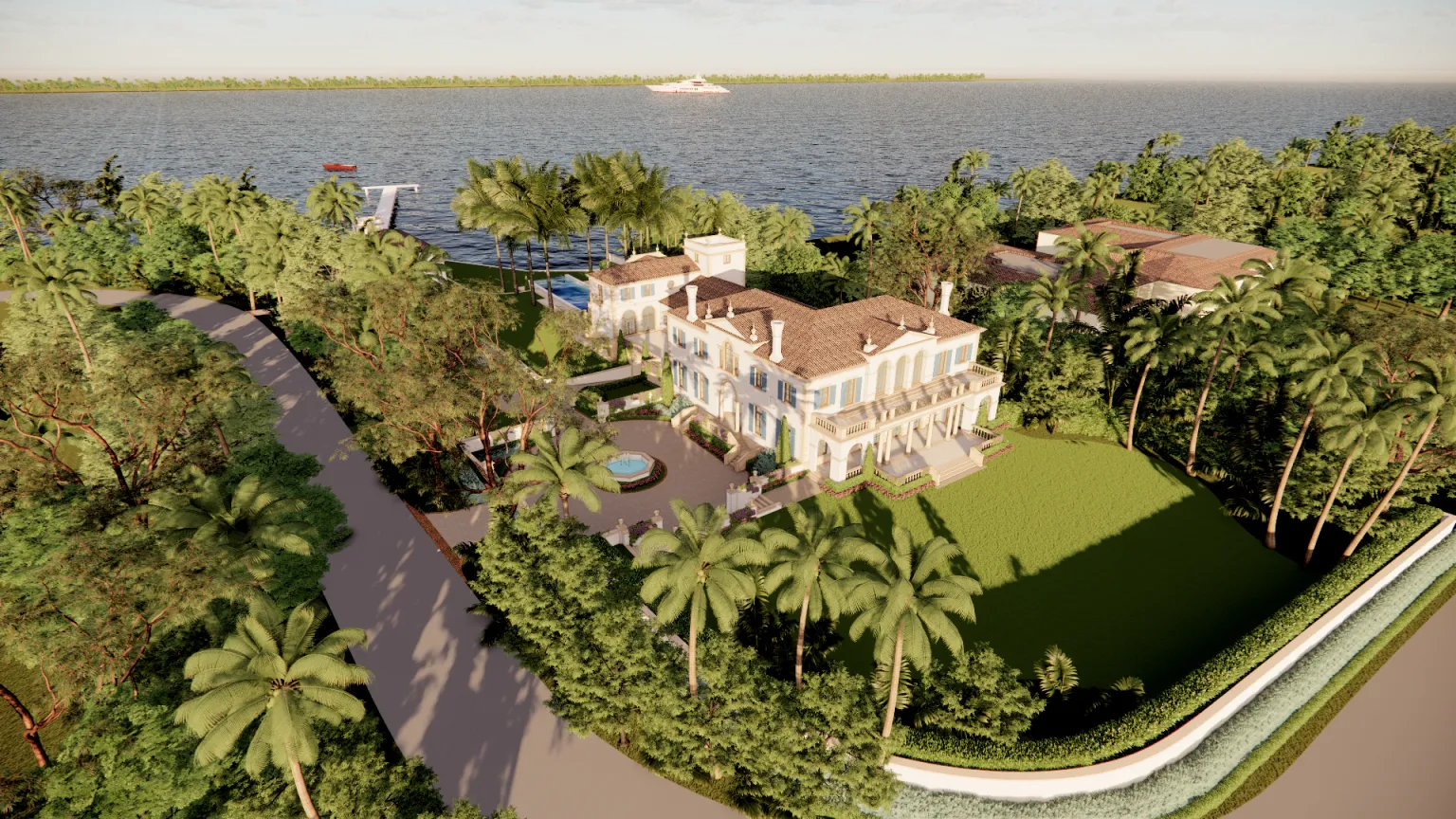Introduction
Few styles are as captivating and enduring as Georgian architecture. Named after the four British King Georges who reigned in succession from 1714 to 1830, this architectural style epitomizes elegance, proportion, and classical beauty.
Key Characteristics
1. Symmetry and Proportion
The hallmark of Georgian architecture is its unwavering commitment to symmetry and proportion. I always emphasize the importance of creating a balanced façade. Windows, doors, and chimneys are meticulously aligned, creating a sense of order.
2. Palladian Influence
We owe much to Andrea Palladio, the 16th-century Italian architect whose work greatly influenced the Georgian style. With its tall, arched center flanked by two shorter, rectangular windows, the Palladian window is a defining feature that I often incorporate into my designs.
3. Classical Elements
Georgian architecture draws heavily from classical Greek and Roman design.
Columns (often Ionic or Corinthian)
Pediments over doors and windows
Dentil molding
Cornices
Materials and Construction
Brick and Stone
While earlier periods favored timber-framed constructions, we Georgian masters prefer the solidity and fire-resistance of brick and stone. Red brick is particularly popular, often accented with white stone quoins, window surrounds, and cornices.
Sash Windows
The introduction of sash windows revolutionized our craft. These vertical sliding windows, typically with six panes in each sash, allow for better ventilation and are a quintessential feature of Georgian homes.
Interior Design
The Georgian interior is as carefully considered as the exterior.
High ceilings
Large windows for ample natural light
Elaborate plasterwork on ceilings and cornices
Paneled walls in principal rooms
Marble or stone fireplaces as focal points
Notable Examples
Some of the finest examples of Georgian architecture are:
Bath, England: The Royal Crescent and The Circus
Dublin, Ireland: Merrion Square
Edinburgh, Scotland: Charlotte Square
London, England: Bedford Square



